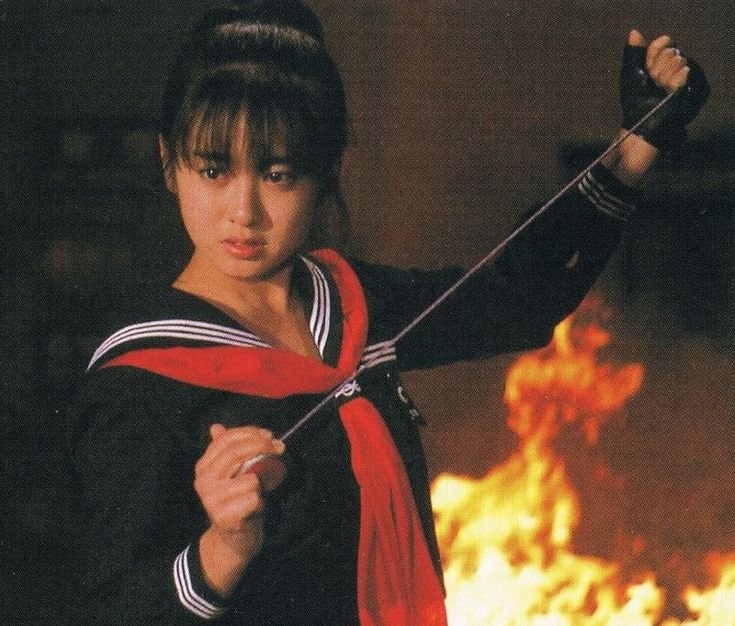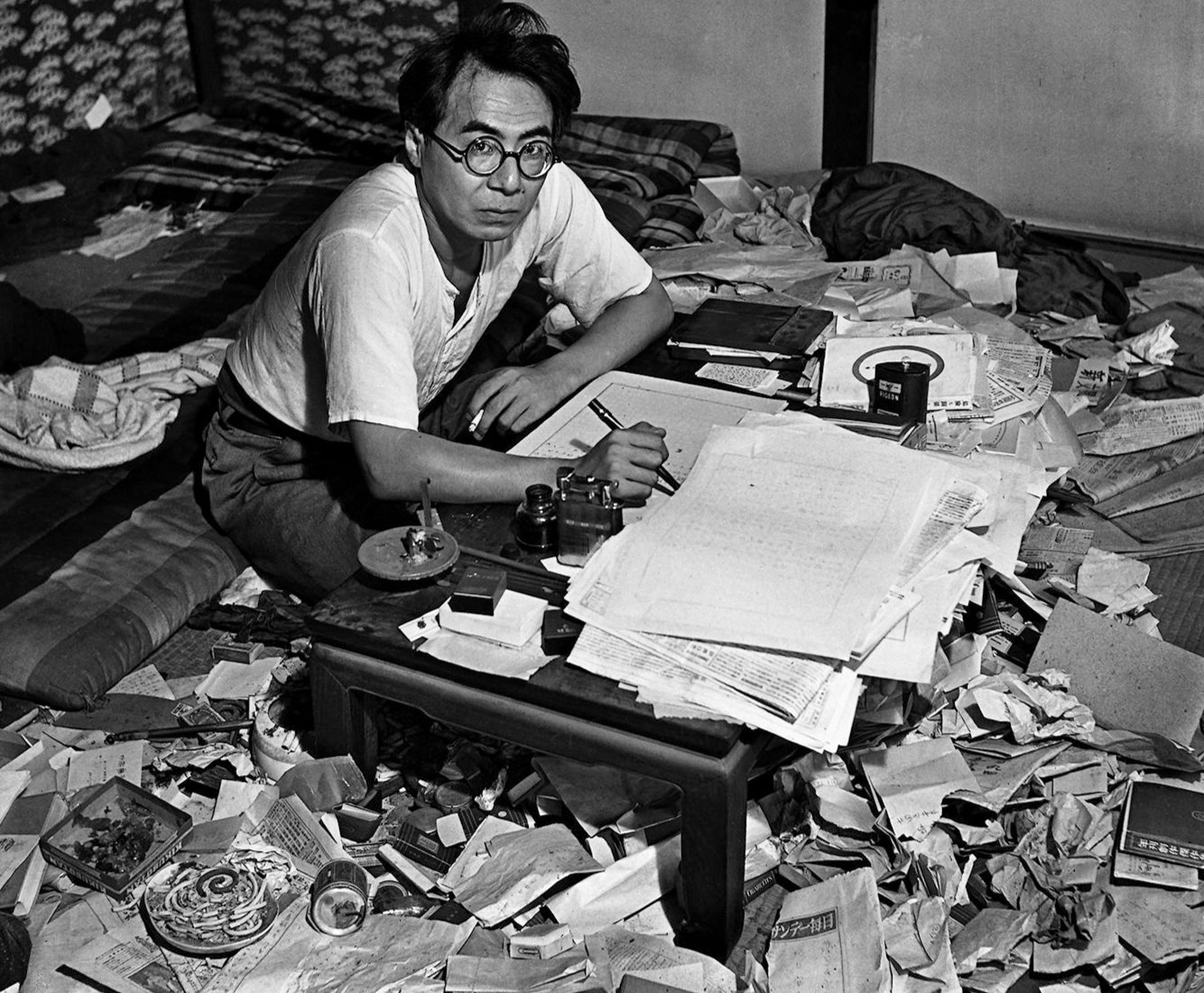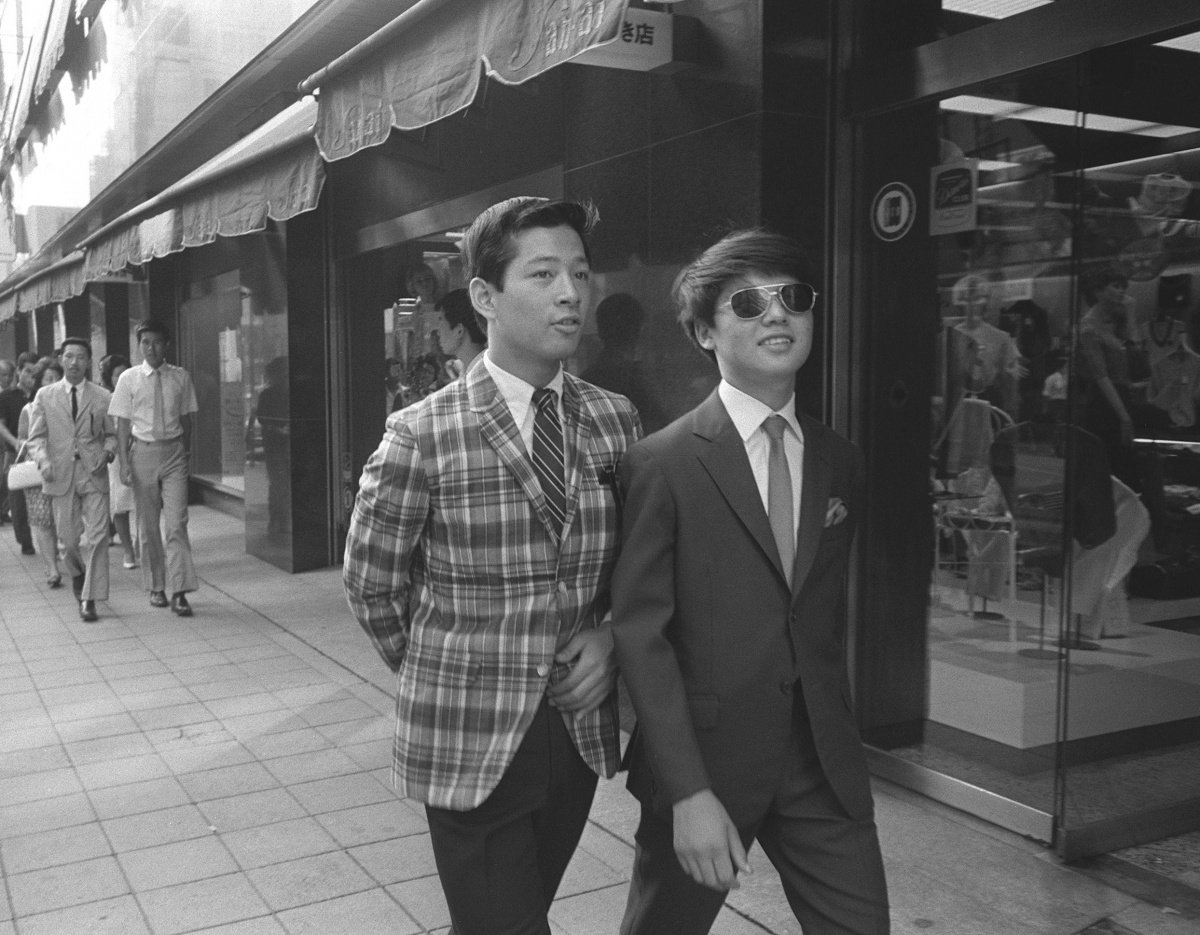
SUKEBAN: delinquent girls
In the 1970s, Sukeban wreaked havoc on the streets of Japan armed with razor blades, bamboo swords, chains and their school uniforms

BURAIHA: The ‘decadents’ of Japan
Known as the “school of irresponsibility and decadence,” the ragtag Buraiha (無頼派) authors became notorious for their nihilistic attitudes and bohemian lifestyles

MIYUKI-ZOKU: Ginza’s dapper summer of 1964
The Miyuki-zoku youth brought dapper clothes and a sense of flair to Ginza for one hot summer in 1964

PAANTU FESTIVAL (パーントゥ)
A terrifying tradition on Miyako-jima sees 3 men dress as monsters and wander the town smearing mud on anyone and anything they see

NAKI SUMO: The Crying Baby Festival
This bizarre annual festival sees two sumo wrestlers hold a baby in a face off with the first to cry winning a blessing of good health

ERO-GURO NANSENSU
Ero-guro nansensu, was a movement that began in the 1930s and took its name from the English words Erotic, Grotesque Nonsense. It reached into all aspects of Japanese media, culture and art and continues in an adapted form today

KARASU-ZOKU (カラス族)
Lasting from 1982 to 1990, Karasu-zoku (‘crow tribe’) was a Japanese fashion subculture that consisted of wearing androgynous, all-black designer outfits and accessories

JAPAN’S MOST WANTED
Visit any Koban in Japan and you’ll be met with the same faces staring back at you – a wall of wanted posters, or Shimei Tehai (指名手配), showing the rewards offered for Japan’s most dangerous fugitives

SADA ABE: Japan’s Showa Sex Scandal
By the age of 31 - Sada Abe was the most notorious woman in Japan and at the center of a murderous sex scandal that shocked the Showa era public

COFFEE IN A CAN
Ready-to-drink canned coffee is ubiquitous with Japan. Filling every vending machine across the nation, it first became available in Japan in 1969 thanks to UCC Ueshima Coffee Co

KERA / KEROUAC MAGAZINE: For Eccentric Boys & Girls (1998-2017)
KERA (originally KEROUAC) Magazine first saw publication in 1998 and soon became the defining publication on Harajuku street culture

TOKYO STYLE: Raw Tokyo Living
Kyoichi Tsuzuki’s seminal 1993 book, TOKYO STYLE, is a collection of photographs that display the raw reality of living in Japan’s capital city

FLAMINGO BAR: Tokyo's Gaudy Artist Hangout
Now a shadow of its former self, FLAMINGO BAR in Roppongi was once a vivid crimson hangout for artists, burlesque dancers and advertising executives

1964 OLYMPICS: Tokyo’s Rebirth
1964, the first year that Tokyo hosted the Olympic Games, marked a turning point in post war Japanese society and, for many, announced the rebirth of the nation

SHINGO, AOMORI: Christ’s Tomb in Northern Japan
We take a look at Shingo - a town in Aomori Prefecture where it’s claimed by locals that Jesus spent the final years of life

DEMAEKI: Japan’s enduring contraption
With today’s reliance on apps for food delivery, it’s easy to think of it as an entirely modern phenomenon. In Japan however, food delivery, or demae (出前), goes back 300 years

YAMA-ICHI KOSO: Kansai’s bloody Yakuza war
The 1981 death of Kazuo Taoka - the “Godfather of Godfathers” - left a power void in the Yamaguchi yakuza and led to a crime war that would ravage the streets of Kansai for almost 10 years

RETROSPECTIVE: Hot-Dog PRESS 1981

JIMBOCHO: the heart of Tokyo’s book scene
Lose yourself exploring second hand stores in Tokyo’s book heaven

POCARI SWEAT: From underdog to cultural touchstone
The rise of the iconic drink from a struggling unknown to a symbol of faux nostalgia